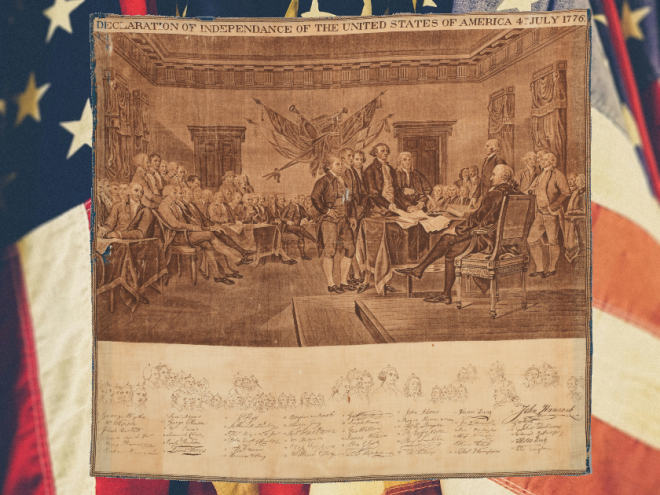Adam Jortner’s A Promised Land is a magisterial history of America’s first Jewish citizens. It weaves tales of prominent leaders like Gershom Seixas and Jonas Phillips with little-known accounts of revolutionary Jewish troops, fundraising for the first synagogues (and subsequent intracommunal disputes), and Jews responding to antisemitism by challenging their antagonists to life-endangering duels. Demonstrated throughout the book is how the Jewish community in America’s earliest years wrestled with its past and mapped its future — just like the country itself. Some Jews were loyal to the British as the Revolution began to rumble. Some owned slaves. But despite these failings, the picture that emerges of the nascent American Jewish community is that of a small, proud group that inspired America to lived up to its founding ideals.
Jortner places great emphasis on how Jews petitioned against test oaths, pledges to Christian values that prevented Jews from holding political office. These efforts helped shape religious freedom in the United States. The liberty that Jews felt in the new country even inspired them to build a national homeland for the Jewish people within America’s shores. Detailed in the book are Mordecai Manuel Noah’s efforts to found Ararat in Grand Island, New York, and the less documented but somewhat more successful effort by Moses Levy to establish Pilgrimage, Florida, where, in 1823, over twenty Jewish settlers arrived from Europe. Alas, the former never got off the ground after the pomp and circumstance of its launch. The latter did, but Pilgrimage was burned down by Native Americans in the Second Seminole War.
Along the way, readers will not be surprised to learn that the more Jewish communities change, the more they stay the same. Founding father Benjamin Ruth, for example, wrote about attending a Jewish wedding in 1787. He was amazed by “the freedom with which some of [the guests] conversed with each other” at such a formal ceremony. The aforementioned synagogue disputes included spats over windows being opened in the sanctuary on Yom Kippur and synagogue boards clashing with their rabbis.
Jortner concludes by writing, “As I finish this manuscript, the world is facing a floodtide of anti-Semitism and other forms of hate and discrimination. This book will not change that. Nor should Jewish history be understood only in light of the patriot Jews. But we cannot understand the story of the American Revolution without the patriot Jews.” Readers of all backgrounds dedicated to the success of the American experiment will no doubt gain great understanding and insight by reading Jortner’s wonderful volume.
Dr. Stu Halpern is Senior Advisor to the Provost of Yeshiva University. He has edited or coedited 17 books, including Torah and Western Thought: Intellectual Portraits of Orthodoxy and Modernity and Books of the People: Revisiting Classic Works of Jewish Thought, and has lectured in synagogues, Hillels and adult Jewish educational settings across the U.S.





